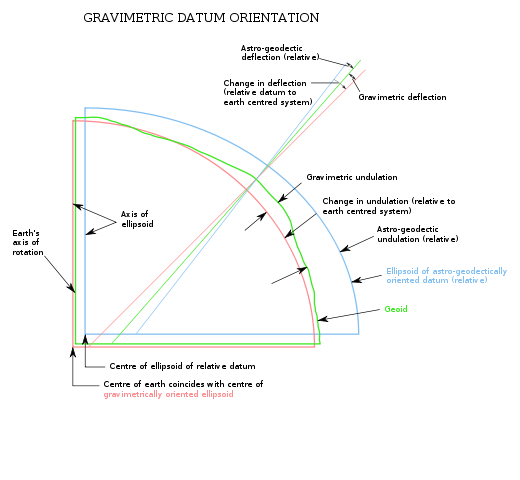How small an area on Earth is it possible to identify with any precision when any celestial object (star, planet, comet, nova) (visible with the naked eye alone) is at its zenith directly overhead? --Would it be possible to identify an area as small as a town, or village, a square mile, or an acre, or even a building? --How big an earthly location would be required to narrow it down if such a celestial object is directly above? Thanks. PS: I've tried to narrow the question down to get a simple to understand answer. I'm not very technical, nor an astronomer.
-
$\begingroup$ What sort of kit does your observer have. Is she a skilled observer with the best naked eye kit, such as Tycho Brahe would have had, or is she an unskilled observer, using general impression of the location of a star in a sky as "looking like it was straight up". Humans are pretty bad at this sort of estimation, unless they have some good (and hard to obtain) kit. $\endgroup$– James KCommented Dec 16, 2017 at 22:12
-
1$\begingroup$ xkcd.com/1276 may or may not be amusing $\endgroup$– user21Commented Dec 17, 2017 at 14:37
-
$\begingroup$ Geometry tell me a single point. But perhaps I do not understand the question. $\endgroup$– AlchimistaCommented Dec 17, 2017 at 15:30
2 Answers
Lets assume your observer has a good watch, so she knows the exact UTC time. But lets also assume that she has no special kit, and has no special training.
She might be able to estimate the location of "directly up" to an accuracy of about one hand width (at arms length) which corresponds to roughly 5 degrees. To achieve better than this, she would need some tools for sighting the position of stars.
With an error of +- 5 degrees, the error on the Earth's surface of any calcuation based on her observation is also 5 degrees of the Earth's surface. That is roughly a circle of radius 550km (350 miles).
Such an observation could prove you were in Mexico and not Canada. But it couldn't distinguish Conneticut and Washington DC, much less a square mile.
To get 1 mile accuracy you would need measurements at least 350 times better, This is better than one-sixtieth of a degree. The most skilled observers did achieve this level of accuracy with naked eye equipment, but not from a single observation. It could be done with a telescope designed for measuring the position of stars, provided the operator was sufficiently highly skilled.
If your observer doesn't have a good watch, she is subject to the problem of Longitude: It is relatively easy to find Latitude just from astronomical observations. It is much harder to find the longitude.
@JamesK's excellent answer is probably what you are looking for. However, to address the question of how small a location is possible, the answer is highly dependent on how you define "zenith" or "up" in general.
I think you have three main choices:
- The geometric vector pointing away from the center of mass of the Earth and passing through you.
- The vector pointing opposite the direction that local gravity is pulling you (the direction a plumb bob would indicate)
- The local perpendicular to a reference ellipsoid such as WGS 84.
Wikipedia says that zenith is the second one (opposite local gravitational "down") which means that the answer would depend on how accurately you could measure this. If you had a plumb bob that could define your local zenith to say 0.01 degree (0.000175 radian) then using 6371 km as an average radius of the Earth, you could only define the location to about 1 kilometer.
If you used a geometric or geodetic definition, and were calculating the zenith mathematically, then you could obtain a location to an accuracy of centimeters, again, mathematically. But this may or may not have any practical use.
below: from here.
